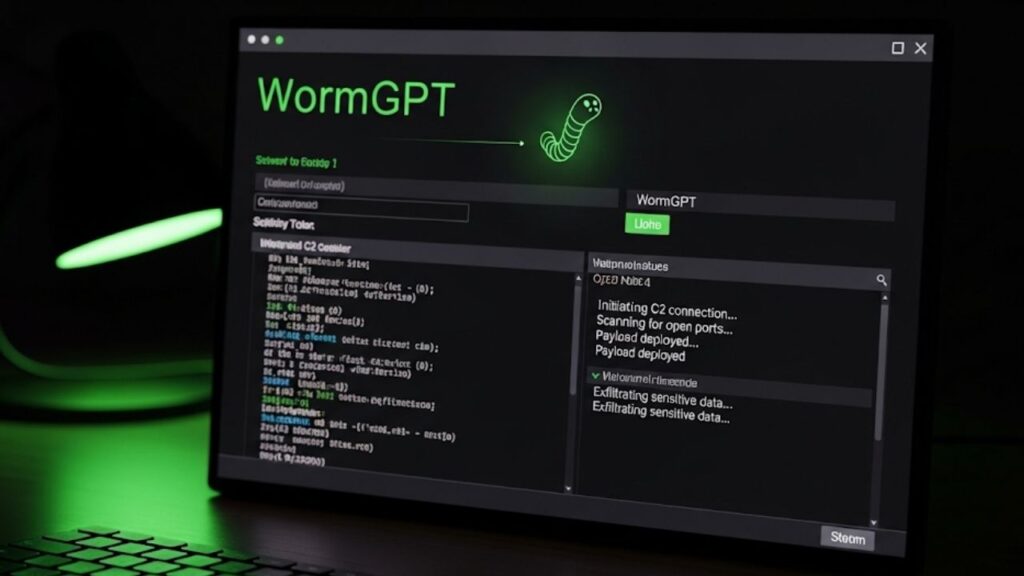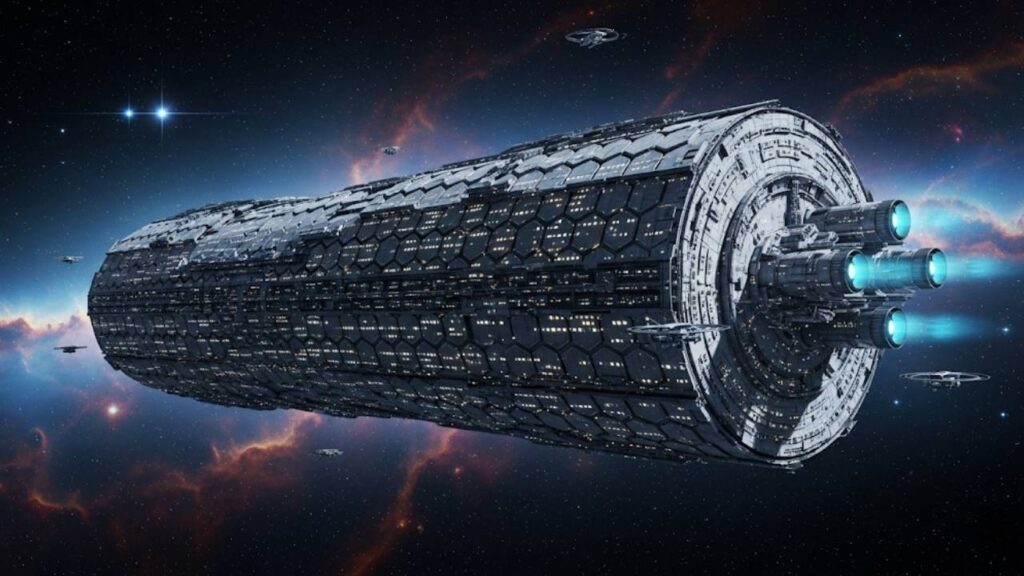Fast Radio Bursts (FRBs) are brief but extraordinarily powerful flashes of radio waves from deep space, lasting only a few milliseconds. Recently, astronomers made a groundbreaking observation — FRB 20240304B, the most distant FRB ever detected, which originated just 3 billion years after the Big Bang. That means this signal began its journey about 11 billion years ago, carrying clues from one of the most dynamic epochs in cosmic history — the so‑called cosmic noon when stars were forming at record rates.
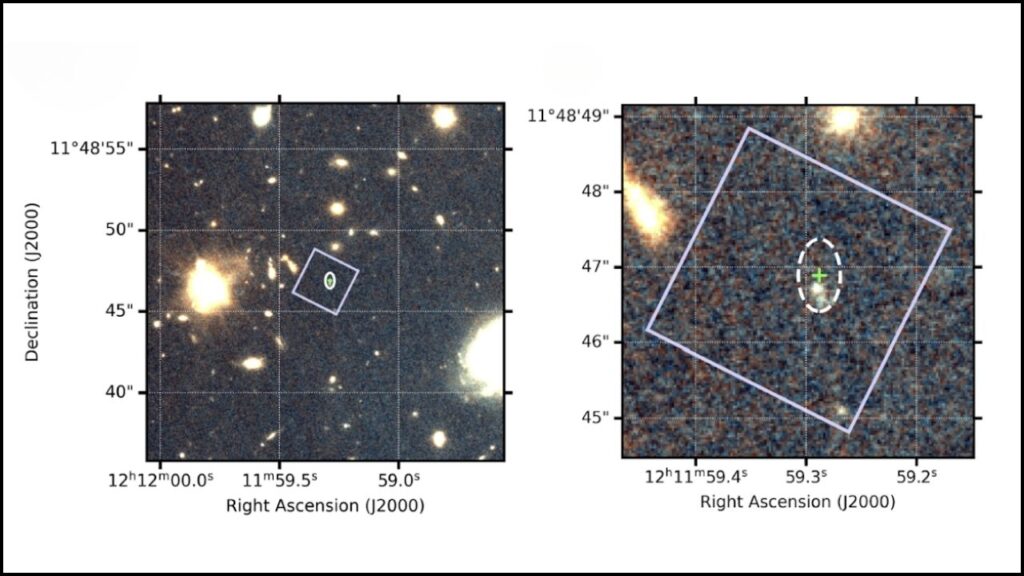
This discovery marks a major leap in our ability to look deep into the universe’s past, helping scientists understand galaxy formation, cosmic magnetic fields, and the possible origins of these mysterious bursts. It also reveals the power of advanced observational instruments like South Africa’s MeerKAT radio telescope and NASA’s James Webb Space Telescope (JWST) to work together in probing the distant cosmos.
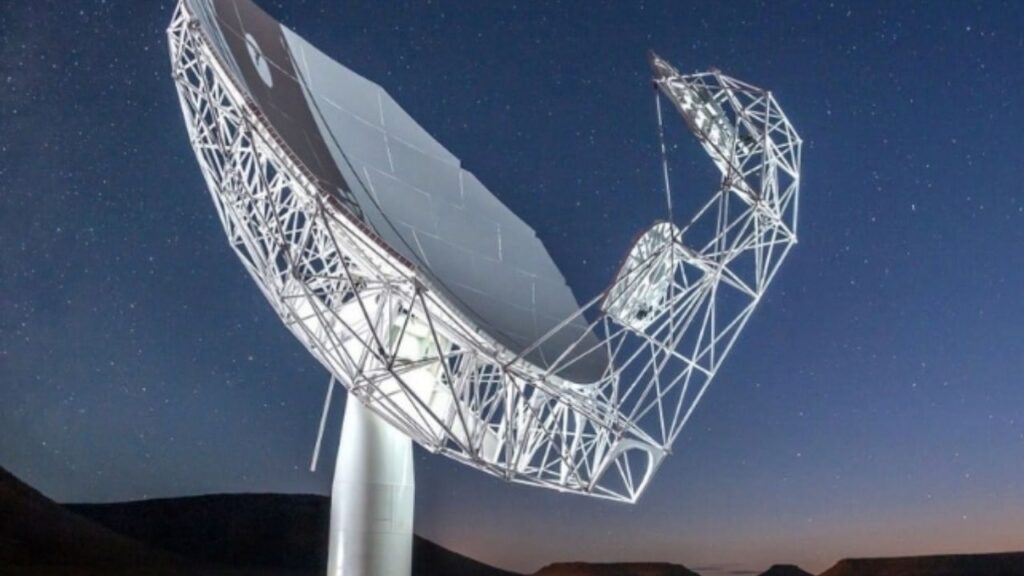
Table of Contents
Astronomers Spot Most Distant Fast Radio Burst
| Aspect | Details |
|---|---|
| Object | Fast Radio Burst (FRB) 20240304B |
| Date of Detection | March 4, 2024 |
| Distance from Earth | Light traveled for over 11 billion years |
| Universe Age at Time of Burst | About 3 billion years after the Big Bang |
| Host Galaxy | Low-mass, clumpy, actively star-forming galaxy |
| Dispersion Measure | ~2,330 pc cm⁻³ |
| Scientific Significance | Doubles previous observable redshift range for FRBs; offers insight into early star formation |
| Likely Source of the Burst | Young magnetar (a highly magnetized neutron star) |
| Era of Cosmic History | Known as “Cosmic Noon,” peak era of star formation |
| Magnetic Field Insights | Reveals complex magnetic field patterns spanning gigaparsec scales |
| Official Website | MeerKAT Telescope |
The discovery of FRB 20240304B, from 3 billion years after the Big Bang, is a landmark moment in astrophysics. It allows scientists to probe deeper into the early days of the universe, mapping magnetic fields and galaxy development during the height of star formation. By working together, ground-based arrays like MeerKAT and space observatories like JWST are rewriting our understanding of the cosmos — and this might just be the beginning of even more extraordinary breakthroughs.
Understanding Fast Radio Bursts
Fast Radio Bursts are intense pulses of radio waves that last for just milliseconds but release as much energy as our Sun emits in days. Discovered in 2007, they remain one of astronomy’s biggest puzzles. Their fleeting nature makes them difficult to detect, but advanced instruments now catch them more frequently. Many scientists believe FRBs are caused by young magnetars — neutron stars with the strongest magnetic fields in the universe, capable of unleashing massive bursts of energy.
How FRB 20240304B Was Discovered
On March 4, 2024, the MeerKAT radio telescope detected a pulse unlike any it had recorded before. Analysis showed an extreme redshift value of z = 2.148, placing it at a time when the universe was only 3 billion years old. That means the radio waves traveled for over 11 billion years to reach us. This event shattered the previous record for the most distant localized FRB, extending our observational reach to roughly 80% of cosmic history and into the peak era of galaxy and star formation.
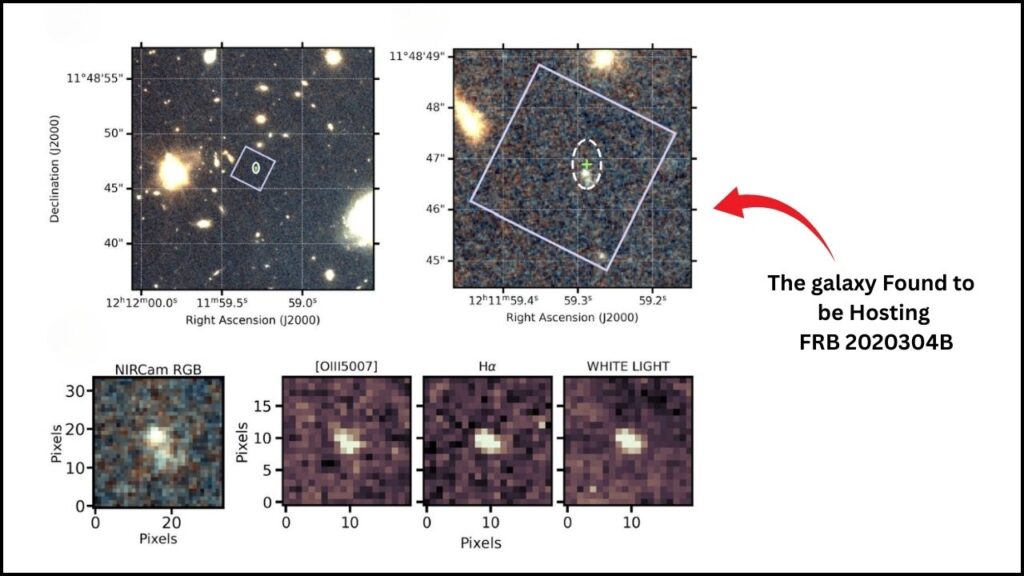
Locating the Host Galaxy
Pinpointing FRB origins is particularly challenging because the bursts fade so quickly. This time, follow-up observations with JWST’s NIRCam and NIRSpec were key. These revealed the host to be a low-mass, irregular, star-forming galaxy. This type of environment is rich in newborn stars and is known for producing neutron stars, including magnetars, which supports the hypothesis about FRB origins.
What Dispersion Tells Us
As the radio waves travel, free electrons in space slow and scatter them — this effect is called dispersion. FRB 20240304B showed a particularly high dispersion measure of about 2,330 pc cm⁻³, which aligns with its extreme distance. The path the signal took included passing through galaxy clusters, such as the massive Virgo Cluster, picking up subtle imprints of their magnetic fields.
Magnetic Field Insights
The journey of this FRB’s signal offers a rare opportunity to measure cosmic magnetic fields on gigaparsec scales. Understanding these fields helps scientists learn more about how galaxies form and evolve, since magnetic fields influence star formation and cosmic structure development over billions of years.
Why This Matters for Science and Technology
For cosmologists, this detection provides new data on how matter was distributed in the early universe. Astrophysicists can refine models linking FRBs to magnetars. Astronomers can study the properties of young star-forming galaxies billions of years ago. And on the technology front, this showcases how combining ground-based radio telescopes like MeerKAT with space observatories like JWST leads to precision breakthroughs.
Step-by-Step Guide to Understanding FRBs
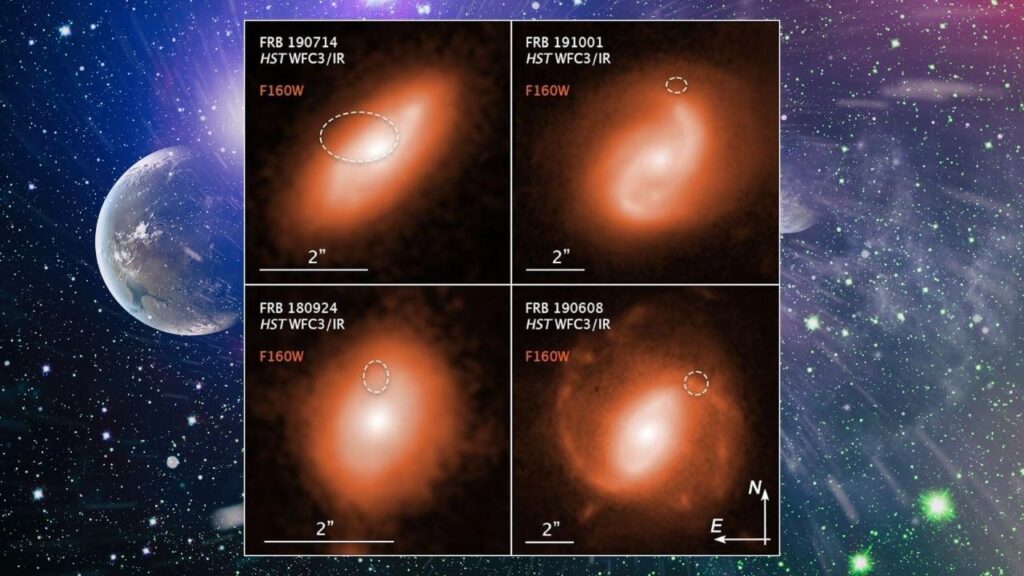
Step 1: Definition
FRBs are short radio blasts from deep space, each lasting just milliseconds.
Step 2: Detection
Radio telescopes scan the skies for unusual transient signals and measure their energy and timing.
Step 3: Measuring Distance
Redshift shows how long ago the burst occurred; dispersion shows how much matter the waves passed through.
Step 4: Locating the Source
Astronomers compare sky positions from radio telescopes with space telescope imagery to find the host galaxy.
Step 5: Learning from FRBs
Each FRB reveals information about its source, intervening galaxies, cosmic magnetic fields, and the distribution of matter across the universe.
Did Life Come From Outer Space? Scientists Say the Clues Are Adding Up
Boeing Secures $2.8B ESS Satellite Contract for US Space Force
China’s Space Program Heats Up With 16 Launches and Mars Sample Return Plans
FAQs About Astronomers Spot Most Distant Fast Radio Burst
Q1: What is a fast radio burst?
A short-lived but powerful pulse of radio waves from far outside our galaxy, likely caused by highly magnetic neutron stars.
Q2: How distant is FRB 20240304B?
Around 11 billion light-years away, from when the universe was just 3 billion years old.
Q3: Why is this significant?
It sets a new record for the farthest known FRB, allowing deeper study of the early universe.
Q4: How was its host galaxy found?
JWST observations pinpointed it as a young, irregular galaxy actively forming stars.
Q5: What else can FRBs tell us?
They provide insights into cosmic magnetic fields and the matter between galaxies.



